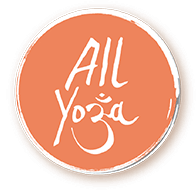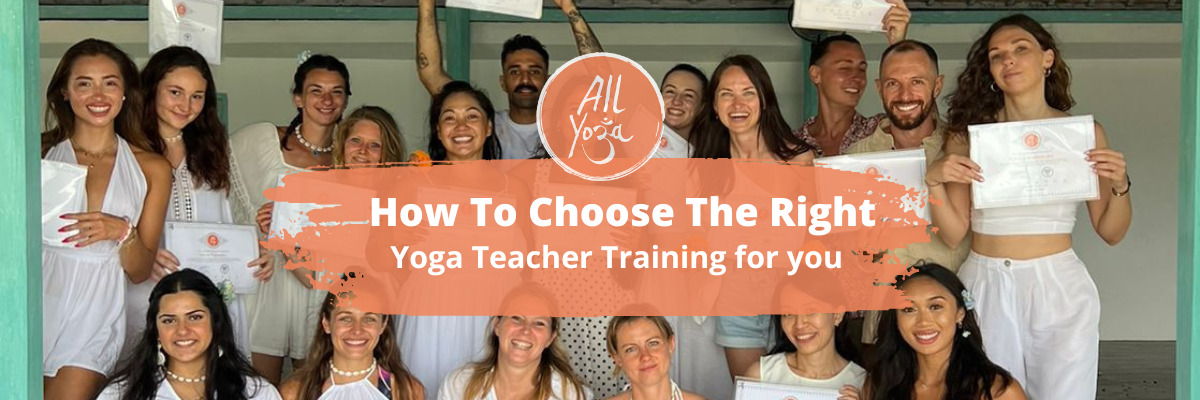How To Choose The Right Yoga Teaching Training For You
According to UN news, there are over two billion people around the world doing yoga. The statistic was collected in 2016, and I can only imagine the number has increased tremendously since then. For many people, yoga is a hobby for relaxation and body conditioning; for others, yoga is a way of life.
Perhaps right now, you are considering turning your yoga hobby into something more serious. Maybe you’re thinking of quitting your 9 to 5 job and becoming a yoga teacher. Does the thought of ditching your pantsuit and heels, fly away to a secluded island doing yoga and drinking matcha excite you? If so, I think you’re ready to execute your dream plan.
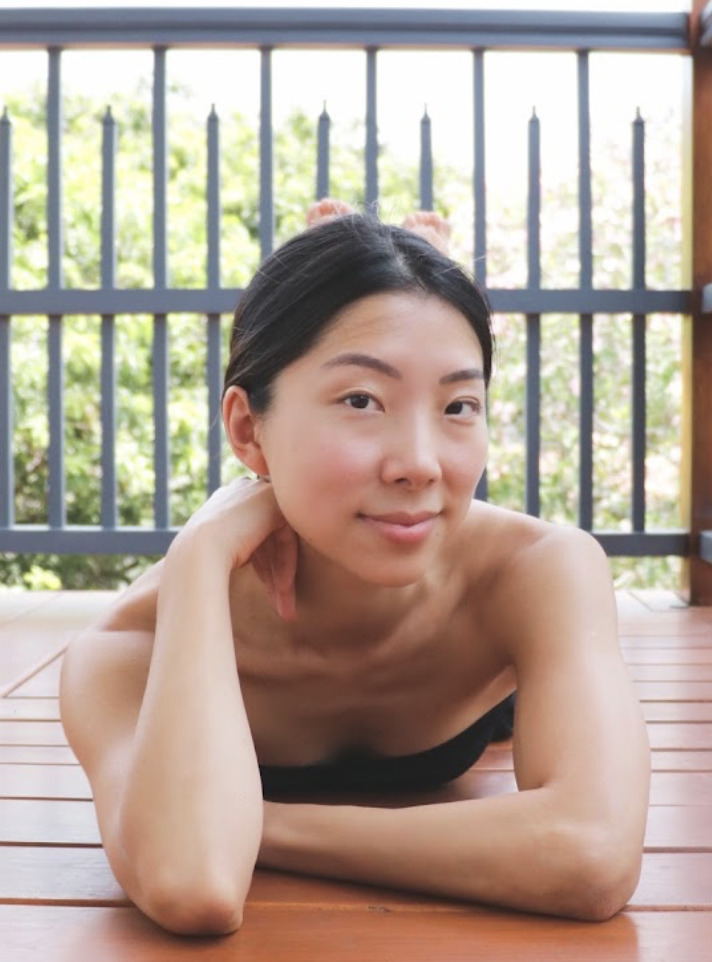
“Having taught and assisted over 30 yoga teacher trainings worldwide (and attended well over ten yoga teaching programs), I am here to offer some tips on how to choose the right yoga teaching training for YOU.
Keep in mind that these are just my opinions that I’ve gathered from years of experiences being involved in yoga teaching training programs. I am now dispensing them hoping you will sign up for the yoga course you’d hope for.”
So here they are, 10 tips on how to choose the best yoga teaching training for you:
1. Identify your yoga teaching training objective
This may sound like a no-brainer. But trust me, identifying why you’re attending a yoga teaching training in the first place will help you, in the long run, to stay on task and keep your eye on the prize when things get hard or foggy.
2. Style of Yoga for the yoga teaching training
Nowadays, there are many forms of yoga ranging from Hot yoga to Acro yoga (not to mention Beer Yoga and Goat Yoga, seriously people). Obviously, not all styles of yoga are suitable for you. For the physically-inclined bunch, Ashtanga, Power, and Vinyasa yoga are great choices; for the less physical individuals, Yin Yoga teacher training and Restorative Yoga might be a better fit. There are also yoga styles that focus more physically like Acro and less energetically like Kundalini. So if you’re at the beginning of your practice, go and explore many styles of yoga and see what works for you.
Also, learning one particular style definitely doesn’t exclude you from teaching different styles of yoga – it simply lays rock-solid roots from which the rest of your learning can further blossom. Remember, when it comes to yoga, each style is a world unto itself, and you could spend decades studying a particular aspect of yoga.
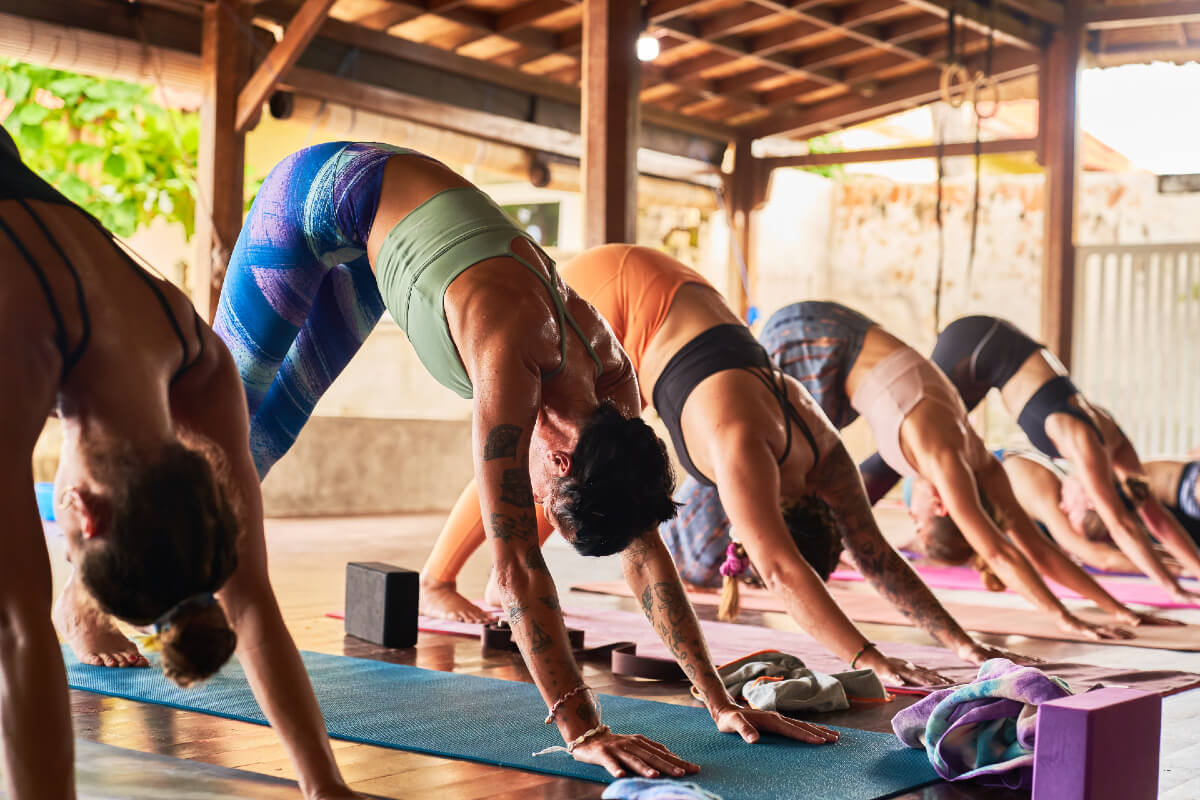
Your first 200hr yoga teaching training is going to provide you with the ‘building blocks’ for the rest of your yoga learning. It is a good idea to focus on a mainstream and foundational style of yoga like Ashtanga Vinyasa to begin with. But keep an open mind whilst exploring other styles during your yoga teaching training.
3. How Experienced Is The Registered Yoga School?
So now you have decided on which style of Yoga to train in, the next question is who are you going to train with?
When you’re choosing a course, remember that a training organization is like a waterfall – everything you’ll learn will flow down from the top. It’s important to choose a school that’s reputable, and one that is experienced in offering yoga courses. Nowadays there are thousands of new schools offering trainings every year, and in the yoga industry the only pre-requisite to register a training course is an E-RYT200 – that’s just two years of teaching!
An experienced registered yoga school should have several hundreds of graduates, and should be able to provide plenty of genuine testimonials from students who have recently graduated. The more graduates a yoga school has produced, the more feedback they have received and taken on board (and you can often locate this public feedback on the school’s website, Facebook business page reviews, or Google reviews) and the more they have improved and updated the program and delivery style to meet the needs of their students.
It also pays to look closely at the finer details of the curriculum being offered – is there an equal balance between theoretical learning, and putting the course material into practice? Great yoga teacher trainings should provide a mix between content sessions, yoga classes in which you can practice as a student, and practice teaching sessions in which you’ll be weaving all your learning together by actually teaching your peers on a daily basis.
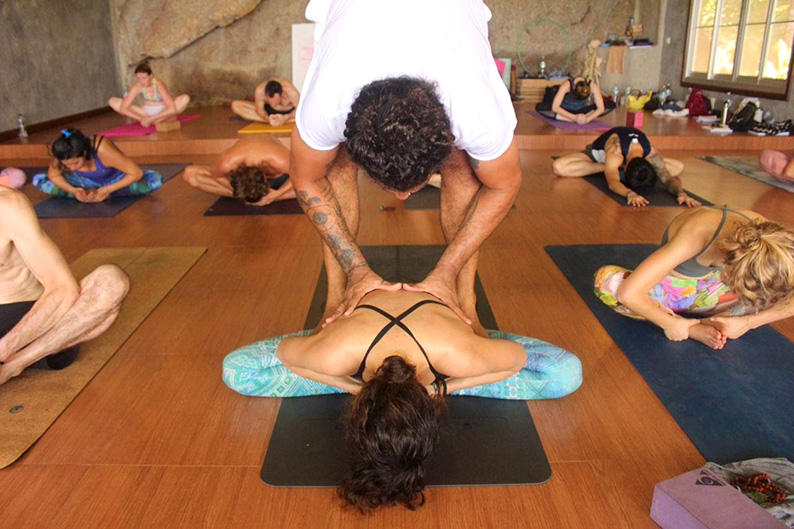
4. How Experienced Are The Teachers?
When you’re learning to teach yoga, it goes without saying that your own yoga teachers will become a pivotal role model and source of inspiration. The teaching team at a yoga training school should be the schools’ biggest asset, and it’s good to look for schools that offer a co-teaching approach – you’ll benefit hugely from the differing points of view that different teachers will offer. Read up on the teaching team for the training course you’re interested in. How many years of combined experience does this teaching team have? Are there guest teachers for specialized modules such as anatomy and philosophy?
5.Yoga teacher trainings Budget
This is a big one! Yoga teacher trainings are a heavy investment ranging from USD 2000-5000 depending on the location and school. Remember that amount is just tuition exclusive of accommodation, travel cost, and food. In the past, I have paid up to USD 10,000 for a teacher training in New York City (it was worth every dollar, but again- it’s a matter of perspective). Here’s the thing, not all low tuition schools are subpar compared to their expensive counterparts. Schools price their tuition based on various factors such as geography (India vs. London), business structure, taxes, so on and so forth.
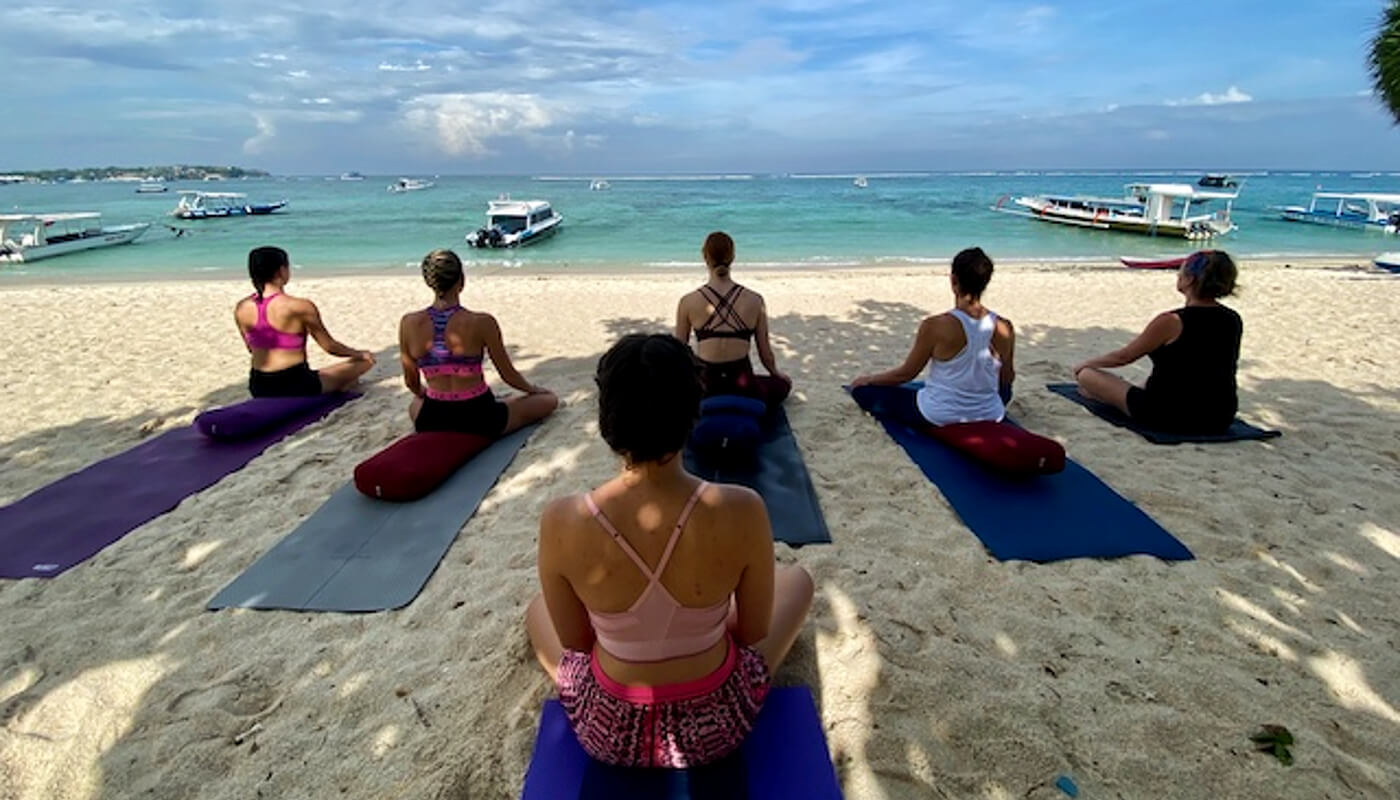
Find a Yoga school that fits your budget will help you down the road financially. Freshly graduated yoga teachers do not make a lot of income right away. Look for yoga schools that offer scholarship programs, early bird discounts, and payments by installment or any special offers.
6. How Many Students Will Be In The Course?
Just like a school classroom, you’ll receive more individual attention, tips, and feedback in a smaller group size.Ideally you’ll be looking for a medium-sized class, enabling you to form close relationships with your peers in a hands-on, intensive learning environment. However, ideally the class size will be large enough to provide examples of many different body types – this will help you in your understanding of practical anatomy and adjustments – and to provide group teaching opportunities throughout the course.
7.Yoga Teacher Trainings Duration
Normally 200hr yoga teacher trainings ranges from 23-28 days. However, I have seen many yoga studios packing these hours into different formats. Some studios divide the training over six months to a year, and students come only on the weekends. Other studios would shorten the training into two weeks top, but you’ll be in the studio 12-15 hours straight. None of these program styles are more superior than the other. You have to find the schedule that works for you. For people who can only take two weeks off work, the intense 15-hour day program sounds like a match made in heaven. For others who are taking a year off traveling around the world, spending 23 days in Thailand or Bali doesn’t seem like a bad idea.
8. Where Does The Yoga Teaching Training Take Place?
It may seem trivial, but the actual location of your Yoga certification has a big influence on your ability to absorb new things. After all, our external environment often dictates our internal environment, so it makes sense to give yourself a head start on your learning journey by removing as many distractions as possible!
If you’ve decided to choose an intensive yoga teaching training, take a look at the location and work out if it’s a place you’d like to visit. Some yoga training courses feature beautiful beachside shalas, others are situated high up in tropical rainforests with views of the surrounding rainforest. Remember, you’re making a financial investment – so why not experience somewhere that you’ve always wanted to travel (Bali and Thailand are both beautiful!), and enjoy a new environment on your days off?
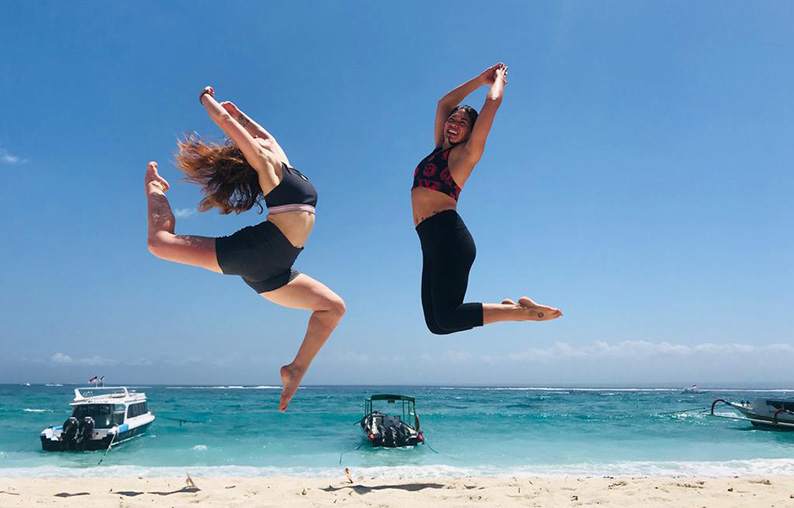
9. Yoga Teacher Trainings Credentials
So far, Yoga Alliance (YA) is one of the most recognized yoga institutions around the world. Many great yoga schools are Yoga Alliance accredited, but likewise, many great yoga schools aren’t. Whether or not you should pick a registered school goes back to point number one (identifying your objective).
10. A Well-Rounded Training Curriculum
Although Yoga Alliance sets a standard for what should be included in a training curriculum, some schools emphasize certain areas over another. For example, when I did my first 200hr yoga teaching training, I did not have any anatomy lectures and very minimal philosophy lectures. That yoga training focused a lot on practice teaching and techniques. My biceps definitely gotten a lot more defined, but I’d appreciate the missing knowledge. So when you’re searching for a registered yoga school, ask for their curriculum, see the daily sample schedule, and read the testimonials online.
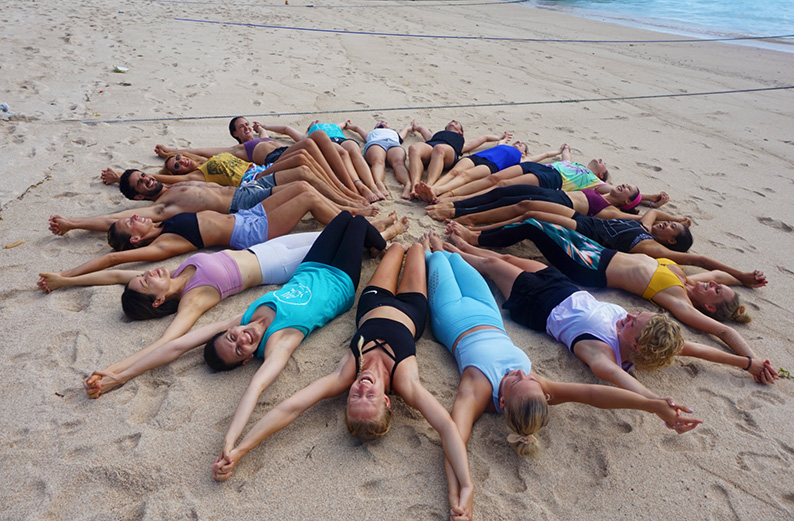
Conclusion
At the end of the day, your first yoga teaching training adventure is an individual journey that will be unique to you, and when it comes to choosing a course, you’ll ultimately end up going with your gut and trusting your intuition.
FINAL NOTE
- Remember to take your time when making a decision about where and with whom you’ll undertake your first yoga teaching training – and most importantly, once your training is booked, start getting excited! The road to yoga teacher trainings will lead you to greater self-awareness, better health, and a world of self-discovery – so congratulations, you’ve already taken the first step!
Read More Blogs
Want to Become a Yoga Teacher and/or
Deepen your Yoga Practice?
2 FREE EBOOKS FOR YOU:
- 20 things to know before choosing a yoga teacher training
- 7 tips to deepen your yoga practice right now
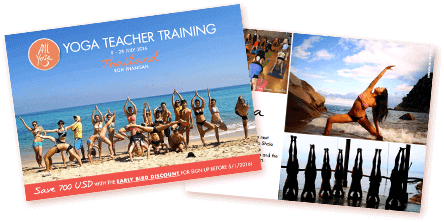
Copyright © 2024, All Yoga International ltd. All Rights Reserved
Privacy Policy